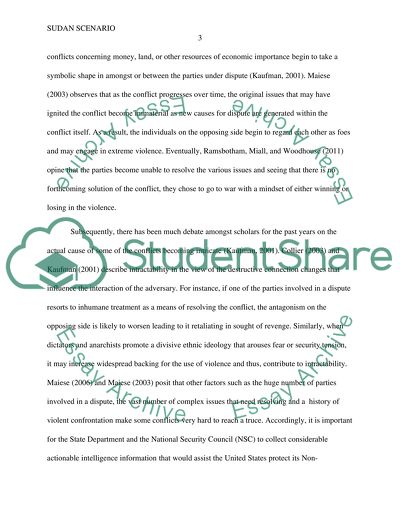Cite this document
(“Sudan Scenario Research Paper Example | Topics and Well Written Essays - 2000 words”, n.d.)
Retrieved from https://studentshare.org/military/1697777-sudan-scenario
Retrieved from https://studentshare.org/military/1697777-sudan-scenario
(Sudan Scenario Research Paper Example | Topics and Well Written Essays - 2000 Words)
https://studentshare.org/military/1697777-sudan-scenario.
https://studentshare.org/military/1697777-sudan-scenario.
“Sudan Scenario Research Paper Example | Topics and Well Written Essays - 2000 Words”, n.d. https://studentshare.org/military/1697777-sudan-scenario.


